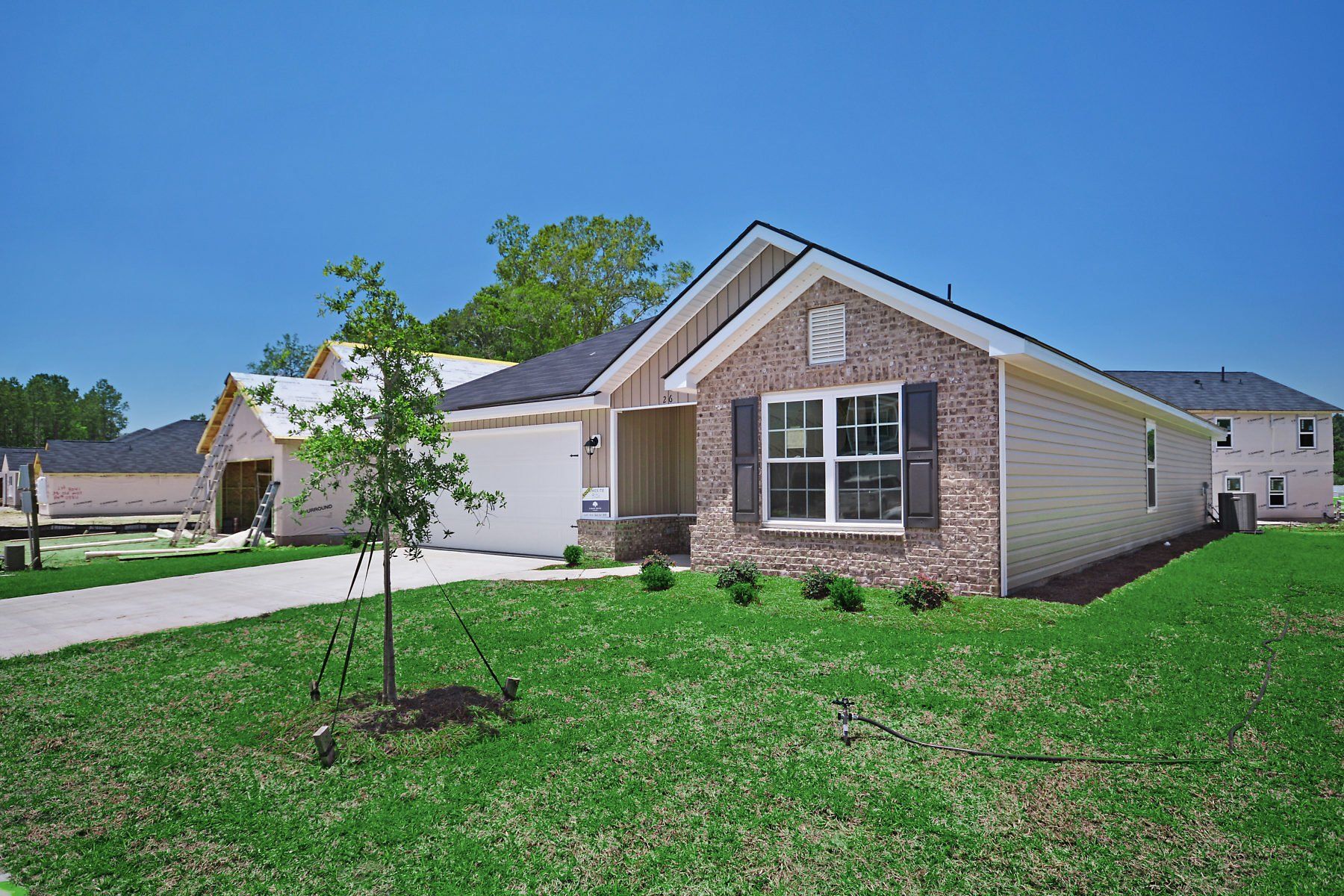Every homeowner knows that insulating a home is important for comfort and energy efficiency. But it’s equally important to understand how home insulation works so you ensure you’re taking the right steps to effectively prevent the swap of interior and exterior temperatures.
Insulation provides resistance to heat flow. Heat flow is the movement of warm or hot air to cooler air. The flow continues until there is a balance of temperatures. For example, hot air will continue to flow into your home on a hot day until the inside temperature is equal to the outside. On a pleasant spring or fall day, you might open up the windows to take advantage of the ideal temperature. When the weather is more extreme, however, you need to manage the heat flow.
When you buy a new home, insulation is installed to slow down the movement of heat. Now, heat flow moves in three ways:
- Conduction: Heat moves through a material, like a metal pot absorbing heat.
- Convection: Heat circulates through liquids and gases, and since hot air is lighter, it rises above cold air.
- Radiation: Heat travels along a straight path and absorbs energy from anything along that route.
So, your home insulation is installed in any place with exposure to heat flow: exterior walls, around the foundation, and in the roof, to name a few. Without insulation, the heat will move through the walls, floors, and ceilings—up from the basement, down from the attic, and in through the walls, doors, and windows. The goal of insulation is to produce resistant to the natural flow of heat.
R-value: The resistance factor
Home insulation products are rated for their thermal resistance factor, commonly known as R-value. This measurement is determined by the insulation type, thickness, and density. To determine how much home insulation you need, refer to a map that shows the R-value zones, rated on a scale from 1 to 7, with colder climates on the high end. Southern Florida and Hawaii score a 1 rating, while Alaska and northern Minnesota earn a 7.
You probably hear about radiant barriers. This reflective material doesn’t absorb heat, like insulation does. Instead, it reflects the heat. Radiant barriers are commonly installed on roofs to deflect the heat away from the roof (where it can be absorbed and potentially pass into the main part of the home). According to the U.S. Department of Energy, a radiant barrier on a home in a sunny climate (e.g., Zones 1-3) can reduce cooling costs by 5% to 10%.
Retrofitting an existing home with the correct amount of insulation could require a professional, depending on where and what type of insulation you need. New homes incorporate the standards for home insulation. They also improve the comfort and energy efficiency in a new home by installing moisture control and air sealing.
Spend a little time learning about your home’s insulation and you’ll spend much less later on the energy costs.






At Smith Family Homes, we believe in building more than a house. We’re building a place to host memories with friends and family.
Quick Links
Contact Us
Call us:
912-307-3187
Email:
online@smithfamilyhomes.com
Careers & Purchasing:
careers@smithfamilyhomes.com
152 Thunderbird Dr. Ste 207
Richmond Hill, GA 31324
Forgot Password
Prices, promotions, incentives, features, options, amenities, floor plans, elevations, designs, materials, and dimensions are subject to change without notice. Square footage and dimensions are estimated and may vary in actual construction. Actual position of house on lot will be determined by the site plan and plot plan. Floor plans, interiors and elevations are artist's conception or model renderings and are not intended to show specific detailing. Community improvements and recreational features and amenities described are based upon current development plans which are subject to change and which are under no obligation to be completed. Community Association fees may be required. Options shown not available in all locations, selections in photos shown may no longer be available or offered, can change at anytime - See agent for details.







